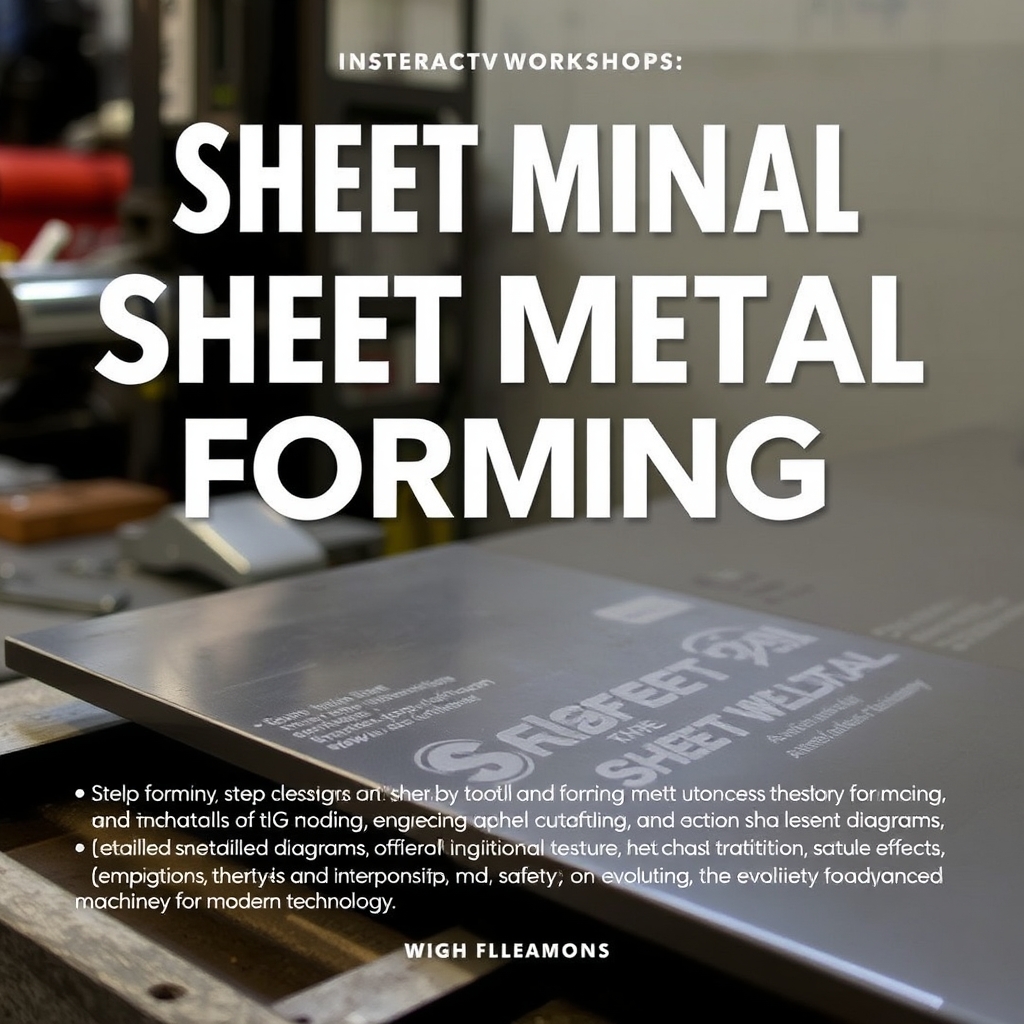
- +8615586668226
- [email protected]
- No. 30, Hongbang Industrial Park, Shenzhen

Grain direction and size directly affect the durabilidade, flexibilitye manufacturing efficiency of sheet metal parts. By understanding these factors, engineers can design components that withstand stress, reduce waste, and align with industry standards.
Sheet metal fabrication transforms flat metal sheets into functional parts through cutting, bending, and assembly. Common applications include brackets, caixase equipamento industrial. Key processes include:
Alt: Visualizing grain direction in sheet metal fabrication processes
Metals consist of polycrystalline structures—tiny crystals (grains) bound together. During rolling, these grains elongate, creating a grain direction that impacts material behavior:
| Grain Orientation | Força | Aplicações comuns |
|---|---|---|
| Longitudinal | Elevado | Aerospace components |
| Transverse | Moderado | Eletrónica de consumo |
Bending sheet metal against the grain requires more force but reduces cracking risks. Key considerations:
Pro Tip: For projects like robotic arms ou medical device housings, align bends perpendicular to the grain for optimal durability.
Smaller grains mean more grain boundaries, which block cracks and enhance strength. Factors affecting grain size:
Estudo de caso: A defense contractor reduced part failures by 30% after optimizing grain size through precision annealing.
When cutting multiple parts from a single sheet, align all components to the same grain direction. This ensures:
Explorar o nosso serviços de fabrico de chapas metálicas for tailored nesting solutions.
Post-rolling treatments like recozimento ou normalizing adjust grain size:
Ideal para protótipos personalizados requiring precise tolerances.
A major automotive brand faced repeated bracket failures due to improper grain alignment. By redesigning parts to bend against the grain, they achieved:
Em CNC Manufacturing Service, we combine corte laser avançado e maquinagem de precisão to optimize grain structure. Our process includes:
Request a orçamento gratuito for projects requiring Maquinação de 5 eixos ou fabrico a pedido.
Grain alignment impacts stress distribution. Parts bent com the grain may crack under cyclic loads, common in equipamento industrial.
Yes! Processes like recozimento refine grain structure post-production.
Uniform grain direction ensures predictable behavior during mass production, vital for bens de consumo.
Indirectly. Smaller grains slow crack propagation, enhancing durability in harsh environments like energy sector aplicações.
Ready to optimize your next project? Explore our Soluções CNC or contact us for a consultation!
Endereço
No.30, Hongbang Industry Park, Shenzhen
Correio eletrónico
[email protected]
Telefone
+86 15586668226
Obtenha as últimas tendências e factos sobre o fabrico CNC no nosso blogue.
A Shenzhen Runkey Precision Technology Co. Ltd, uma subsidiária do Grupo Tensun, é a sua solução única e fiável para o fabrico personalizado, desde a criação de protótipos até à produção, transformando a sua ideia em realidade com recursos de fabrico digital, processos simplificados, orientação especializada, prazos acelerados e qualidade sem compromissos.
©2024. CNC Fabrication Todos os direitos reservados.